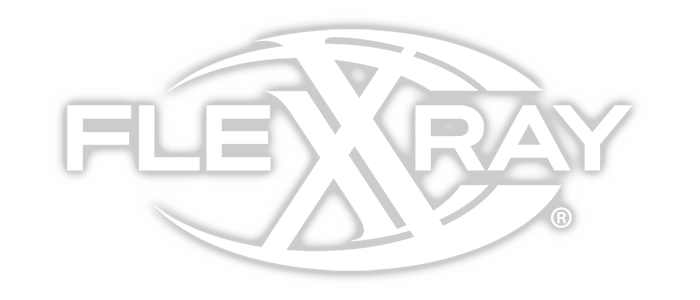
Today’s food manufacturers must meet very high standards when it comes to plant safety. Increasingly rigorous standards and guidelines can be a lot to keep up with, and not all manufacturers have been successful in meeting the government’s new, more stringent regulations.
According to the latest Inspection Observations released by the FDA, the five most common violations for food plants and manufacturers in 2017 were:
- Lack of effective pest exclusion and screening
- Sanitation monitoring
- Plant cleanliness
- Manufacturing conditions
- HACCP plan implementation
In order to avoid these food safety issues, food manufacturers need to become increasingly more proactive. It’s no longer enough to make sure you’re following a food safety plan; to fully ensure food safety, you need to develop a plan that covers all possible threats to food safety within your manufacturing facility.
Here are four ways to help your plant avoid these common safety issues and avoid FDA violations.
1. Reinforce Pest Control to Reduce Food Contamination
Preventing contamination of food from pests and rodents is a significant challenge for manufacturers, which is why it is also one of the top violations cited in 2017. And, going hand in hand with that problem is the issue of failing to properly screen openings or allowing unsealed cracks and crevices. Both of these can open the door to big problems.
The FDA issued more than 300 violations for companies who failed to take the measures needed to keep the processing areas free of pests, or for failing to prevent food contamination. An additional 211 violations cited improper screening processes to prevent pests and rodents from gaining access to food areas.
Every food manufacturing operation should make it top priority to ensure that all openings in the building, including pipes, ductwork and conduits, are sealed in a way that rodents will not be able to enter the facility.
Additionally, making sure food is not contaminated before it leaves your facility can provide peace of mind and prevent food recalls, loss of business and costly lawsuits. X-ray food inspection can find contaminants that occur in the manufacturing process and prevent them from getting to the shelves of customers.
2. Ensure Your Sanitation Program is Robust and Well Executed
The Food Safety Modernization Act mandates that all registered facilities must comply with current Good Manufacturing Processes, or cGMPs. That includes putting preventative controls in place for such things as training, audits, documentation and validation.
With new regulations in place that will affect processes and documentation, sanitation compliance will continue to be a challenge for manufacturers who are working to remain FSMA compliant. In its 2017 report, the FDA noted more than 200 violations for food sanitation, indicating a strong need for better education and adherence.
Best practices for sanitation processes go beyond just following the physical processes of cleaning, however.
- Does your engineering team value sanitary design as part of the equipment selection process? Do your employees know the TACT (Time Action Concentration Temperature) for every cleaning agent they use to ensure its effectiveness?
- If you have CIP processes, are you regularly evaluating flow rates and inspecting for potential dead legs?
- Do the individuals inspecting post-sanitation dig deep to ensure everything is ready for production?
If every answer isn’t yes to the above questions, then it’s time to meet with your leadership team and evaluate how to correct those gaps.
3. Reevaluate Manufacturing Conditions
For older plants, meeting the cleanliness standards of new guidelines can present a challenge. But you can start by concentrating on the big items that will lead to violations:
- Fix leaky roofs, which is a significant a hazard because it can introduce contaminants from the outside as well as indicate that other, bigger problems could be in store.
- Replace any porous or hard-to-clean materials with surfaces that won’t harbor pathogens (i.e. painted surfaces, cast metals, FRP walls, flaking concrete, etc.)
- Maintain floors to eliminate any areas where pooling or standing water is a problem.
Approach the cleanliness of your facility with an eye toward high-risk areas in particular (such as where raw ingredients are handled) and map out a plan for improving cleanliness practices immediately.
Also, pay attention to the conditions under which the food is being handled and stored. Without the proper controls in place, you may be creating an environment that fosters contamination or the growth of microorganisms. Put controls in place to manage all the variables of your manufacturing process, and then develop a food safety strategy for managing each of these variables.
4. Audit Your Processes
If you want to make sure you are HACCP and FSMA compliant, consider having an audit to ensure that you are meeting all new requirements and that nothing is slipping through the cracks. Doing this proactively and on a regular schedule can help you stop hiccups before they become issues and can spare you from being issued a violation by the FDA.
Taking a proactive approach to food safety can prevent you from facing violations, not to mention costly food recalls and lawsuits. FlexXray can ensure that your food product is free from contaminants — even those that are nearly impossible for the human eye to detect.

Leave a Reply
You must be logged in to post a comment.